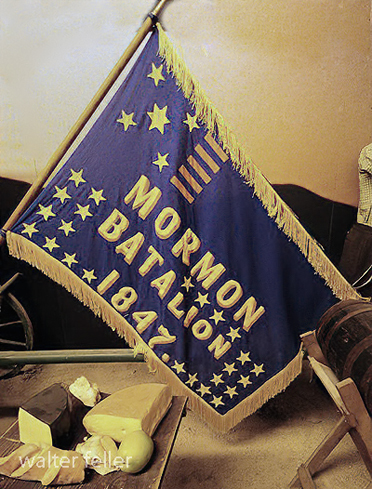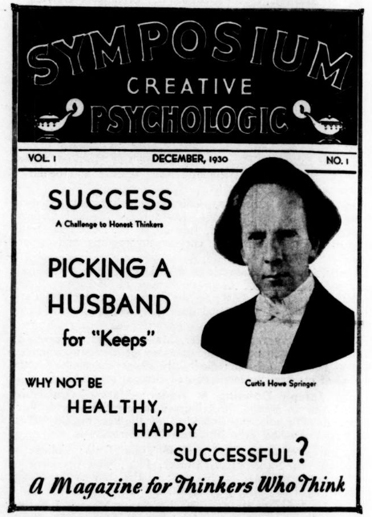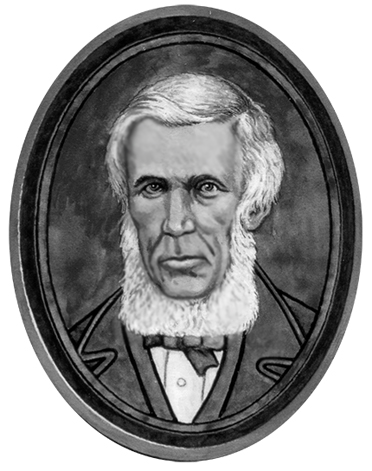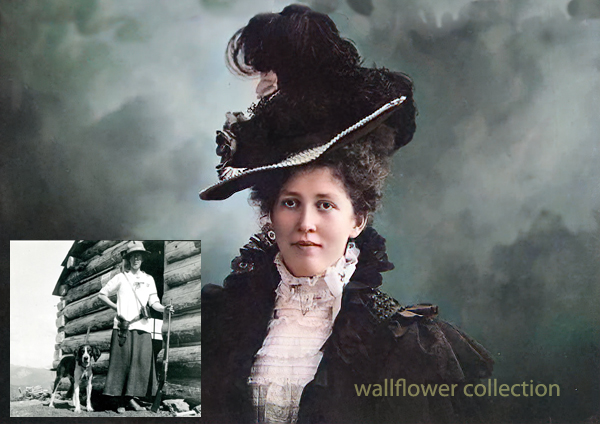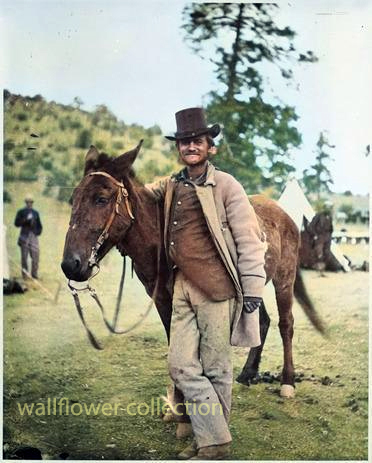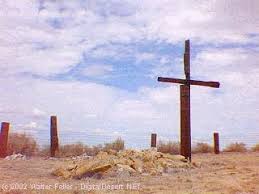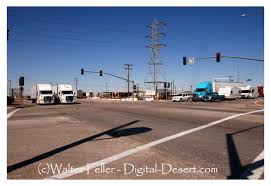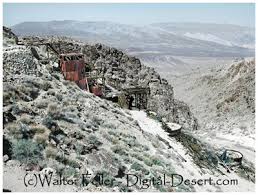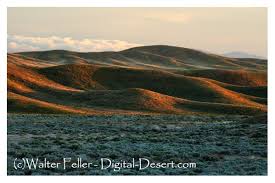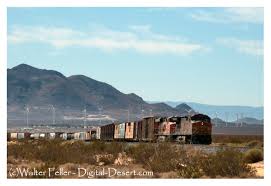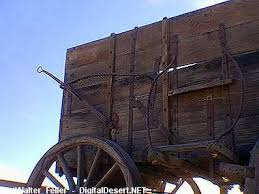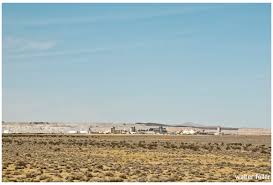Penn Philips, Nat Mendelsohn, Newton Bass

Penn Phillips was a real estate developer known for his work in various parts of the United States, including Hesperia, California. Born M. Penn Phillips, he was a prominent figure in the mid-20th century, recognized for developing planned communities. In Hesperia, he was instrumental in transforming the area from a rural community into a more developed suburban area. Phillips was known for his aggressive marketing strategies and development projects that often included building infrastructure and amenities to attract residents and investors to the areas he developed. His impact on Hesperia and other towns he developed is still evident today in the layout and infrastructure of these communities.
What other towns was Penn Phillips involved with developing?
Penn Phillips developed several towns across the United States, particularly in the 1950s and 1960s. Some of the notable towns and communities he developed include:
- California City, California: Perhaps his most ambitious project, California City, was intended to be one of the largest cities in California, with Phillips investing heavily in infrastructure and marketing to attract residents and businesses.
- Coos Bay, Oregon: Phillips was known for his development work in the Coos Bay area, significantly impacting the local economy and landscape.
- Boron, California: Similar to his work in other towns, Phillips aimed to transform Boron into a thriving community through extensive development projects.
- Salton City, California: On the shore of the Salton Sea, Phillips attempted to develop Salton City as a resort community, capitalizing on its unique location and potential for tourism.
Phillips’ approach to development often involved buying large tracts of land, creating basic infrastructure, and then promoting the areas aggressively to attract residents and businesses. His legacy is mixed, with some of his projects turning into successful communities, while others, like California City and Salton City, did not fully realize the grand visions he had planned.
Was Phillips and Mendelsohn together in California City?
Yes, Penn Phillips and Nathan Mendelsohn were indeed associated with the development of California City, California. While Penn Phillips was a prominent real estate developer known for his work in various communities, Nathan Mendelsohn, a sociology professor turned developer, was the main force behind California City’s development.
Mendelsohn purchased the land and envisioned a new city that would become a significant community in the Mojave Desert. He planned and developed the infrastructure, plotting streets and laying out residential, commercial, and industrial areas to attract residents and businesses. Penn Phillips, known for his development projects in other areas, was also involved in the real estate development aspect of California City. However, Mendelsohn was the primary developer and driving force behind the city’s creation and initial development.
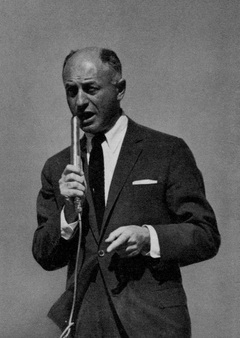
Their collaboration in the development of California City was part of the larger trend of ambitious planned communities in post-war America, where developers sought to create new cities and communities from scratch in undeveloped areas.
Was Phillips a con man?
Penn Phillips had a reputation that some considered controversial, and some accounts label him as a con man, particularly in his real estate dealings. He was known for his aggressive and sometimes deceptive marketing strategies. Phillips would often sell land in undeveloped areas, promising potential buyers that these would become thriving communities with various amenities and infrastructure. However, in some cases, the promised development and amenities were not fully realized, leaving buyers with worthless plots of land.
For example, in his development projects, Phillips was known to sell plots of land through high-pressure sales tactics, often exaggerating the potential for growth and development. Buyers sometimes found themselves owning land in remote areas with little to no development, far from the bustling communities they were led to expect.
While Phillips was undoubtedly a successful developer in some respects, creating legitimate and thriving communities, his methods and the outcomes of some of his projects led to a mixed legacy. The perception of him as a con man stems from these practices, where the reality did not always meet the expectations he set for his investors and buyers.
Did Newton Bass in Apple Valley ever work with Penn Phillips?
Newton Bass and Penn Phillips were prominent real estate developers in California’s high desert region. Still, they are generally associated with different communities, and no well-documented collaboration exists between them. Newton Bass was one of the key figures in the development of Apple Valley, California, while Penn Phillips was known for his work in places like Hesperia and California City.
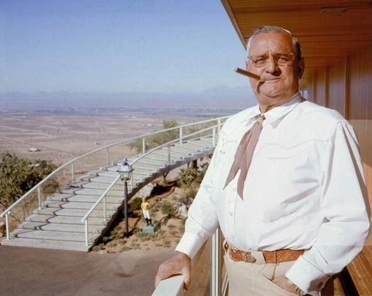
Both men were active during the mid-20th century and were instrumental in the development of the Mojave Desert area, but they operated largely independently of each other. Bass, alongside his partner Bud Westlund, developed Apple Valley into a thriving community, promoting it as an ideal place to live with a focus on quality of life and community amenities.
While both Bass and Phillips had similar careers in developing new communities in California’s desert regions, there is no significant historical record of them working together on a development project. Their approaches to development and the communities they built were distinct, reflecting their individual visions for high desert living.
–
Were there any other city developers in the Mojave Desert at the time?
Besides Penn Phillips and Newton Bass, other developers were active in the Mojave Desert area during the mid-20th century. These developers also played significant roles in shaping the region’s landscape and communities:
- Bud Westlund: Partnered with Newton Bass in developing Apple Valley; Westlund was instrumental in promoting and building the community alongside Bass. They worked together to create a desirable living environment that attracted residents and businesses to the area.
- Ray Ryan: Involved in developing Indio, California, and other areas in the Coachella Valley, Ryan was a notable figure in the real estate and oil industries. His contributions to the region’s development were significant, although controversy and connections to organized crime also marked his career.
- Mervyn Dymally: While more known for his political career, Dymally was involved in various development projects in the Mojave Desert region, particularly in the Antelope Valley area. His work in real estate and politics intersected as he contributed to the growth and development of the area.
- George Alexander and H.L. Waliser: They were involved in developing Victorville and the surrounding areas. Their efforts helped shape the growth and structure of these communities in the high desert.
These developers, among others, contributed to transforming the Mojave Desert from a sparsely populated area into a region with growing towns and communities. Each brought their unique approach to development, impacting the economic and social landscape of the desert region.
